How to Identify Damaged and Unsafe Rigging Equipment
Amy Haskins
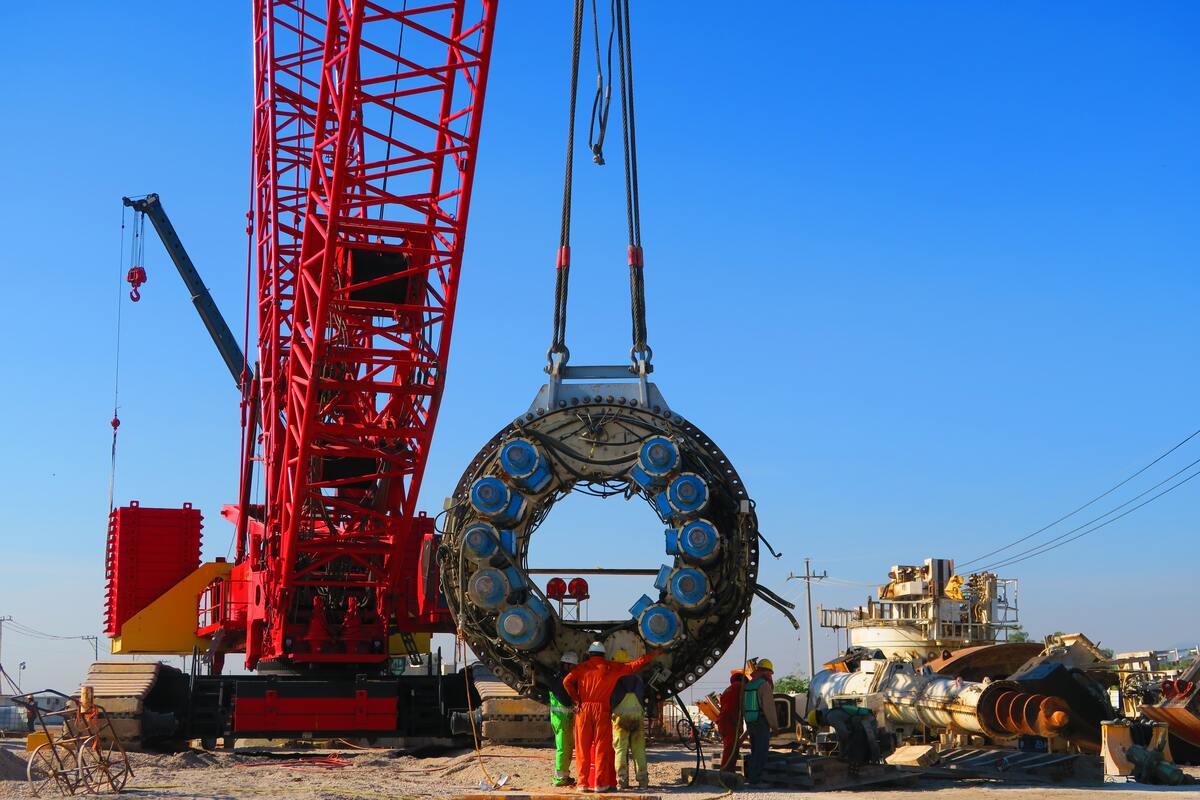
It is no surprise that a construction zone is a dangerous place to work. What is even more alarming is that 20% of all worker fatalities across the country are in construction. Unfortunately, thousands of construction workers are severely injured every year due to common hazards or mistakes made on the job.
OSHA has named the most common causes of injuries and fatalities as “Construction’s Fatal Four”, which are:
-
Falls (33.5% of all fatalities)
-
Strikes from work objects (11.1%)
-
Electrocutions (8.5%)
-
Being caught-in, compressed, or crushed by collapsing structure, equipment, or material (5.5%)
As you can see, many of these fatalities and injuries are related to equipment malfunctions – particularly related to overhead lifting and rigging equipment. This type of hardware is commonly used in most construction sites - and the equipment undergoes a lot of wear and tear.
If it is not properly inspected, it could cause a load to break or slip during overhead lifting – which could be disastrous.
OSHA requires all overhead lifting and rigging equipment to be inspected before each use, but this is not always heavily enforced at worksites. Further, not every worker receives specialized training to understand how to locate any signs of wear or indications that the rigging equipment needs to be repaired or replaced. This can cause major issues for the safety of the entire team, as well as the efficiency of production.
Here are some tips on how to identify major concerning issues that could cause rigging equipment to be unsafe or damaged.
Synthetic Slings
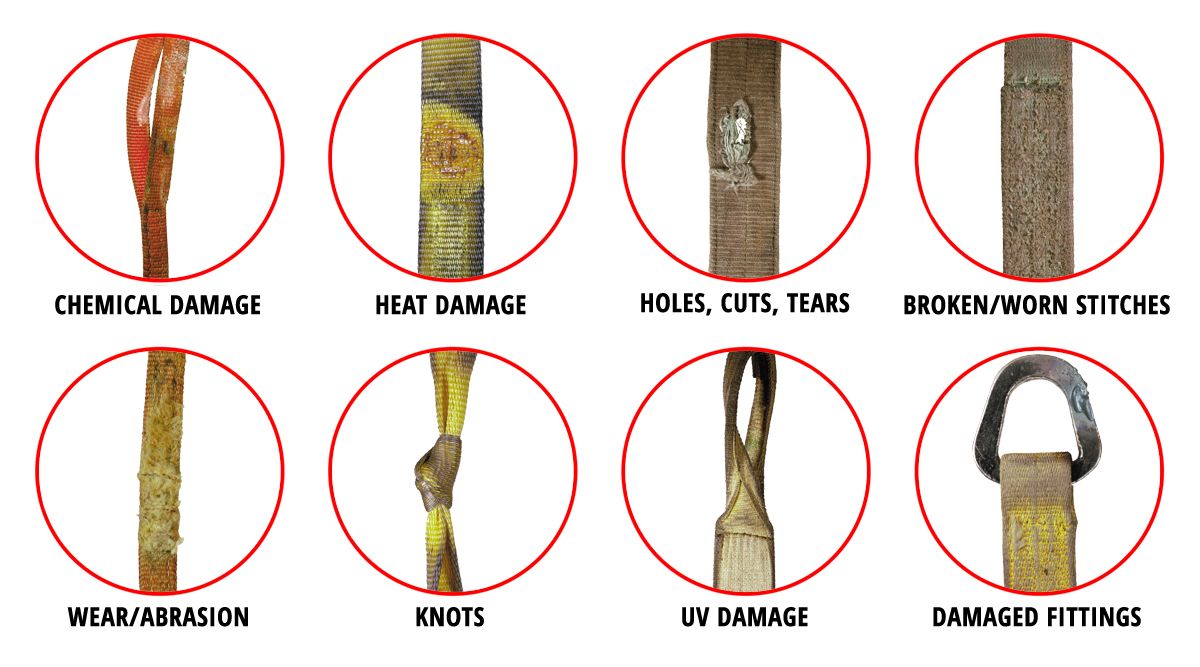
Synthetic slings are commonly made of polyester webbing or nylon, which are extremely durable and strong materials. Since this fabric is soft to the touch, it is often used for loads that are fragile or need protection from scratches or other types of damage.
Although it is strong, this material is still susceptible to damage as it will stretch over time, particularly if it is used for extremely heavy loads. Sharp corners on the loads can also start to wear down the fibers and cause micro-tears. Broken stitching can cause the synthetic sling to rip, which could lead to loads slipping or falling out of the sling.
It is important to inspect synthetic slings closely before each use to spot any areas that may be damaged. This not only includes rips and tears but also:
-
Fading from UV exposure, which can weaken the fibers
-
Damage from chemically active ingredients or environments which can erode the material
-
Stains or grease spots from liquids, which could impact the sling’s grip
-
Knots in the sling
Proper care will help to extend the life of synthetic slings. First, it is important to only use synthetic slings that are tested for specific load limits. Slings should be stored in dry, dark environments away from extreme temperatures. You can also purchase edge protectors and barriers for additional support and protection on synthetic slings.
Alloy Chain Slings
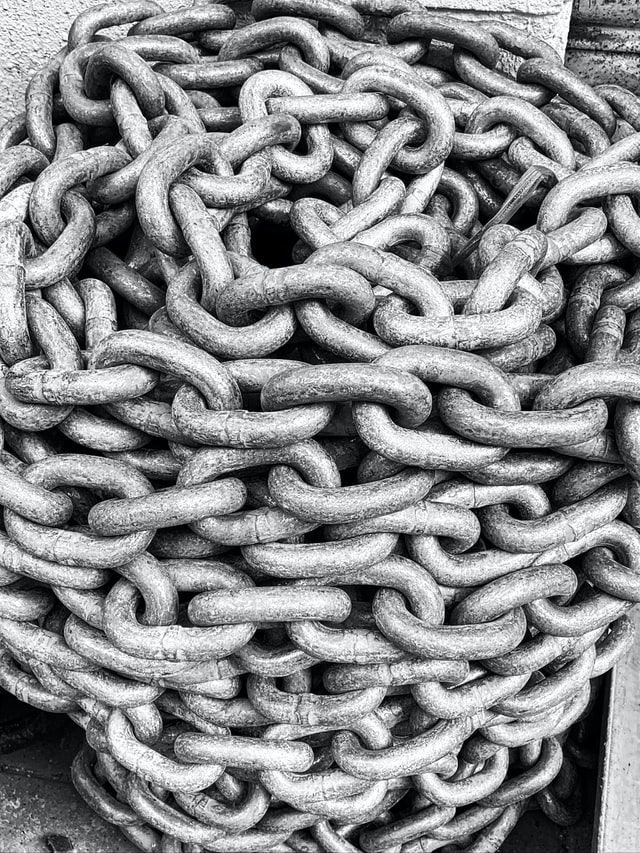
Alloy chain slings are often used for heavy-duty lifting. These chains are extremely strong and can hold heavy loads with little trouble. However, chains are often misused and can become damaged and even snap or break if they are not properly cared for.
Alloy chain slings will stretchup to 20% of their total length when they near their maximum weight load limit. But prolonged stretching can cause the links to permanently elongate or bend if they are overloaded or extended too far for the rated capacity. Alloy chains can also become easily damaged when they are overloaded at angles greater than 60°.
When inspecting alloy chains, look for any indications that the chain could be damaged, such as:
-
Non-uniform link shapes or sizes
-
Issues moving the chain fittings (loss of flexibility)
-
Rust, nicks, or signs of wear
If any of the links appear to be damaged, they should be replaced immediately. You can purchase individual replacement links fromrigging equipment suppliers.
Wire Rope Corrosion
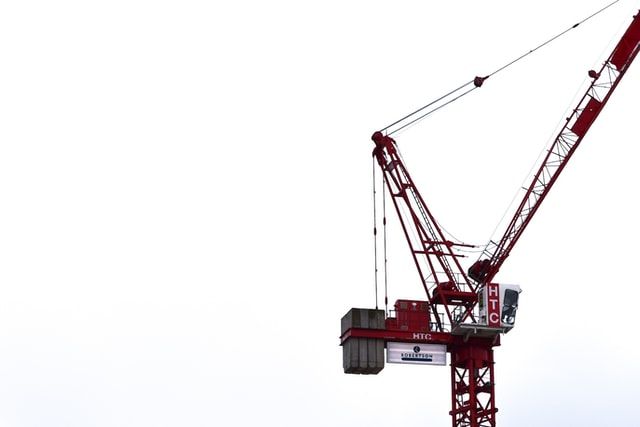
Wire ropes can easily start to wear if they are not maintained properly. Although most wire ropes are either galvanized to protect from rust, this coating can chip and wear off over time. This leaves the interior wire core extremely susceptible to rust and corrosion.
Friction can also cause damage to wire ropes, especially if the same spot is exposed to repetitive movement. Since wire ropes are frequently used for overhead lifting, this can start to decrease the strength of the rope as they are rotated through pulley systems over and over again.
Be sure to look for all of the different types of distortions that can appear on the wire rope. These include (but are not limited to):
-
Kinking – permanent bends in the strands
-
Birdcaging – separation of the strands creating a “caged” effect around the core
-
Broken wires
-
Corrosion
-
Damaged fittings
If there are any damaged areas to the wire rope, this section may need to be removed completely. However, if it is only a small tear, it may be repaired by wrapping the wire around the broken piece and welding it together.
Another important safety issue to look out for during inspections are illegible or missing tags. Identification tags are extremely important - they contain vital information about the piece of rigging equipment, such as product specifications, working load limits, and length of use. If this is missing on a wire, you could receive a hefty fine from OSHA. This is one of themost common safety violations.
Rigging Hardware
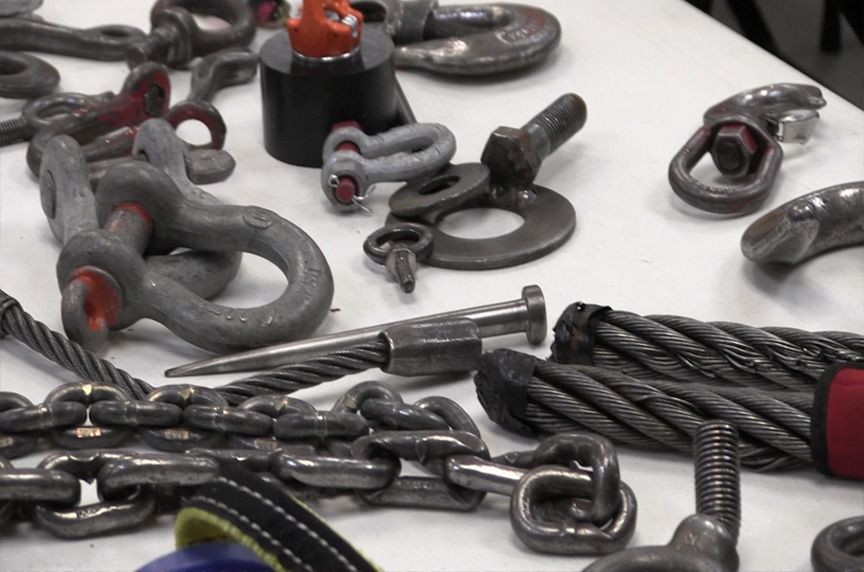
Each piece of rigging hardware attached to overhead lifting equipment needs to be carefully inspected. Hooks, shackles, turnbuckles, eye bolts, and hoist rings should be carefully checked before they are attached.
Some key “red flags” to look for during inspection include:
-
Rust spots, scratches, or dents
-
Shackles that do not fit snuggly or are not the proper rating
-
“Frozen” or stuck ring bolts that are lodged due to overloading
-
Any missing pieces, like latches or pins
Be sure that you are only purchasing well-made industrial hardware, and preferably brand-new equipment. Some suppliers will sell used hardware which contains repair-marks where a piece is fixed or modified through welding. This can weaken the hardware and make it more susceptible to breaking or bending.
Conclusion
Safety should always be the top concern on any construction site – especially when it comes to overhead lifting. Inspection equipment is a crucial step of the process that should be taken very seriously to ensure that production stays on schedule and no dangerous mistakes or malfunctions occur.
But knowing what exactly to look for is the most important step, along with proper care and maintenance of all rigging equipment. This can help to extend the life of overhead lifting machinery and hardware and reduce the number of injuries and accidents.



